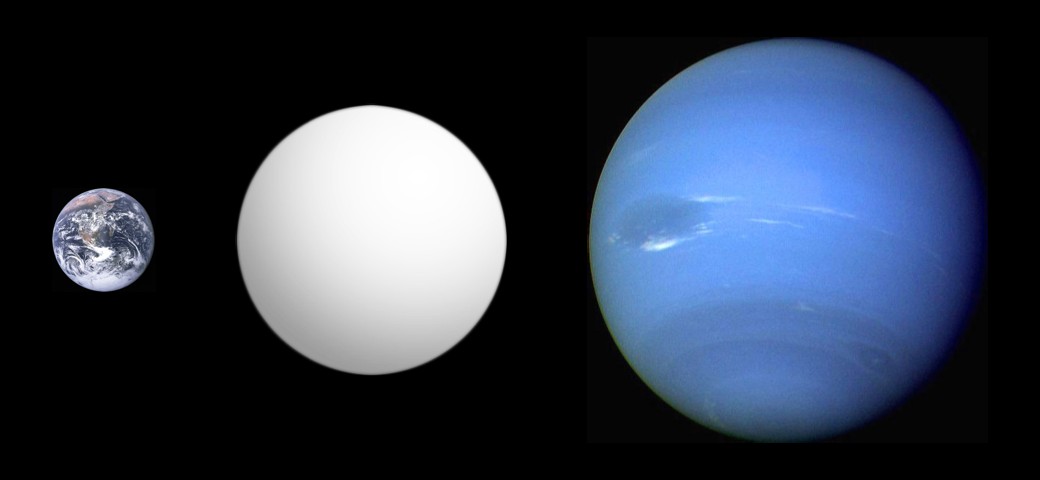A team of astronomers announces the discovery of a new exoplanet:a super-Earth located less than 36 light years from our system. On the other hand, this a priori rocky world does not evolve in the habitable zone of its star.
To detect exoplanets, astronomers generally rely on two methods:transit and radial velocity. The first consists in measuring the curve of light emitted by distant stars. Periodic dips in luminosity are then sometimes observed, testifying to the passage of a planet in front of its star (i.e. in transit) in relation to the observer (astronomers). The second, that of radial velocity, relies on spectral observation of stars, looking for signs of "wobble." In concrete terms, astronomers will try to find out if the observed star is moving away or approaching the Earth, movements which testify to a slight gravitational influence of a planet on said star.
This technique is not the most prolific in terms of discoveries, but it still allowed us to identify more than 600 exoplanets to date out of the more than 4,000 identified . On this sample of 600, 116 evolve around red dwarfs. These stars that are smaller, fainter, and "cooler" than the Sun are the most common in our galaxy.
More recently, a team of astronomers led by Borja Toledo-Padrón, from the Spanish University of La Laguna, discovered a new world around one of these stars . Named GJ 740 b, the new exoplanet evolves about 36 light-years away of the earth. It is a Super-Earth at least 2.96 times more massive than our planet . Recall that we call "Super-Earth" an exoplanet with a mass between that of the Earth and that of a giant planet (about ten terrestrial masses).

From tracking analytics, we know also that GJ 740 orbits its star every 2.377 days, at a distance of about 0.029 AU . As a reminder, one AU is equivalent to the Earth-Sun distance, or about 150 million kilometers. According to the authors, this distance places the planet outside the habitable zone of its host. The equilibrium temperature of GJ 740 b has been calculated at 829 Kelvin, or about 555°C .
Since the radius of GJ 740 b is unknown, it is currently impossible to determine its composition. On the other hand, its mass and its short orbital period suggest that it is a rocky object .
Finally, the data suggests that the system could host a second, more massive and more distant planet. The researchers assume that this potential world is about a hundred times more massive than Earth and orbits the parent star in just under ten years.